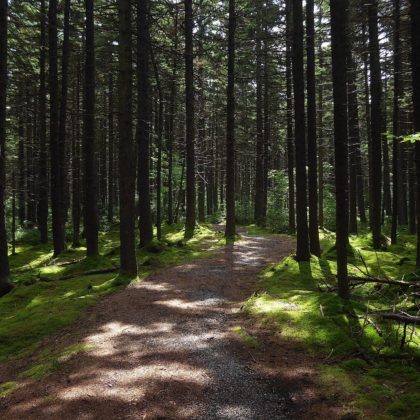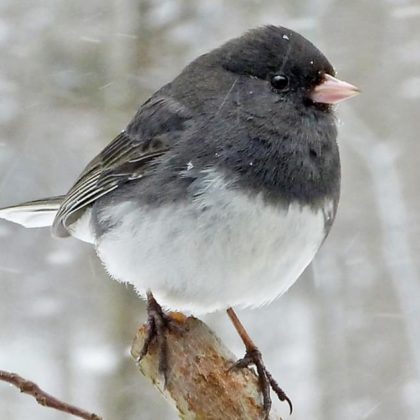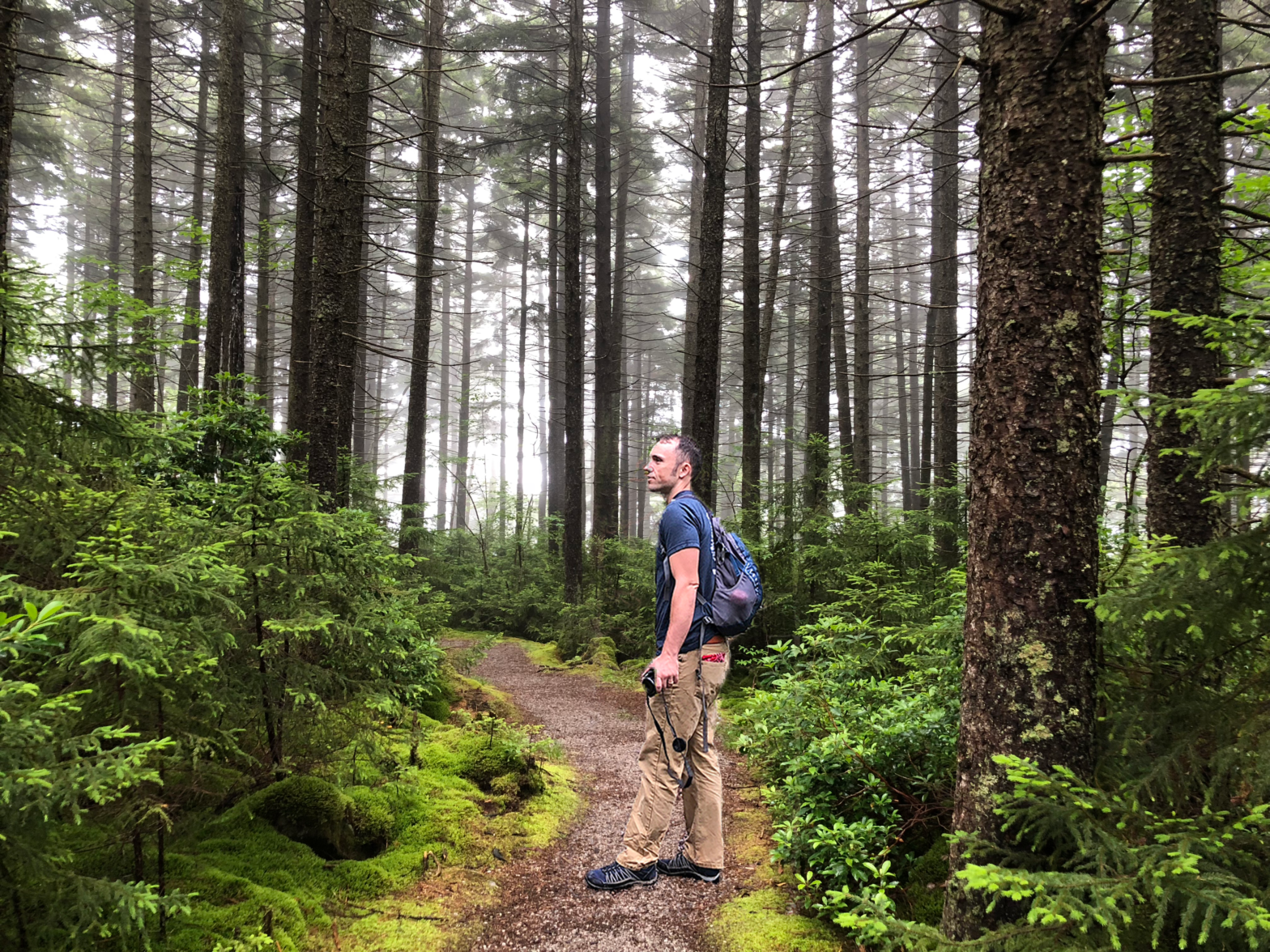 The Gaudineer Scenic Area, in Randolph County, is a glimpse of what West Virginia’s mountain highlands used to look like. The preservation of the forest was the result of a surveying error and was designated as a scenic area in 1964 by the U.S. Forest Service. It has also been dedicated a National Natural Landmark. The area is used for studies and enjoyment of the undisturbed condition of the forest. Visitors have the opportunity to view the notable virgin red spruce trees that range from 200 to 250 years old. The average red spruce is up to 40-60 feet and 40 inches in diameter. Mixed northern hardwood forest and Balsam Fir are also common.
The Gaudineer Scenic Area, in Randolph County, is a glimpse of what West Virginia’s mountain highlands used to look like. The preservation of the forest was the result of a surveying error and was designated as a scenic area in 1964 by the U.S. Forest Service. It has also been dedicated a National Natural Landmark. The area is used for studies and enjoyment of the undisturbed condition of the forest. Visitors have the opportunity to view the notable virgin red spruce trees that range from 200 to 250 years old. The average red spruce is up to 40-60 feet and 40 inches in diameter. Mixed northern hardwood forest and Balsam Fir are also common.
At 4,445 feet above sea level, Gaudineer Knob, the highest elevation of Shavers Mountain, a ridge of the Alleghenies, is comprised of nearly pure stands of Red Spruce offering habitat to many boreal forest birds. Within the 140 acre region, visitors can find two hiking trails that both span around a half-mile long. The trails offer sights of not only the notable red spruce trees but also cherry, yellow birch, beech, red maple, and sugar maple trees. Other plants and foliage include rhododendron, moosewood, new-growth spruce and birch, ferns, wood sorrel, mosses, wood shamrock, trilliums, and foam flowers.

The Gaudineer Scenic Area is also a great place to catch sights of wildlife, especially birds. Because of the acreage and elevation the area supports a habitat of an exceptionally diverse array of boreal forest birds, with nearly 66 breeding species observed over the years with a total species count of about 186. Nine of the most common breeding birds here include magnolia warblers, solitary vireos, black-throated blue warblers, blackburnian warblers, dark-eyed juncos, winter wrens, black-capped chickadees, golden-crowned kinglets, and chestnut-sided warblers. Early mornings and in the evenings between mid-May and mid-July are the best times to see ample amounts of birds in the area. Besides normal viewing, 22 species of warblers are known to spend the summer months in the area, which is more than any other mountain in the Appalachians. Lastly, Gaudineer is considered one of the few places in North America to view four species of brown-backed thrushes: Hermit, Swainson’s, Wood Thursh, and Veery.

While not visible to most visitors, Gaudineer is also home of the endangered Cheat Mountain Salamander, one of the rare endemic species of the southern Appalachians. The small salamander, black with gold flecking, is found on in these parts of the Allegheny Highlands. Black bear and nocturn West Virginia Flying Squirrel also call this high elevation spruce forest their home.
When headed out for a day of birding be sure to bring a camera and a pair of binoculars. Other items could include water, comfortable walking shoes, and a lunch to enjoy at the many picnic sites. A majority of these trails are relatively flat and the course is an easy hike overall. As for bird watching, due to the many different species, catching sights of local and migrating birds is very common.
To get to the Gaudineer Scenic Area from Elkins travel south on US-250 towards Beverly and Huttonsville. Continue straight for 33 miles on US-250 South. Cross Cheat Bridge and Forest Road 27 will be the next left. In order to get to the Gaudineer Scenic Area from Durbin drive west on US 250 for 4 miles to Forest Road 27, which will be on the right. The coordinates are: 38°37’30.3″N 79°50’30.0″W
